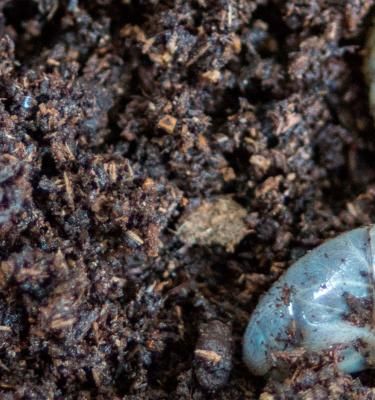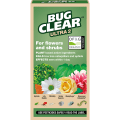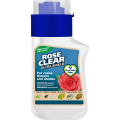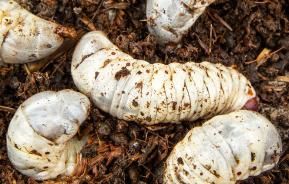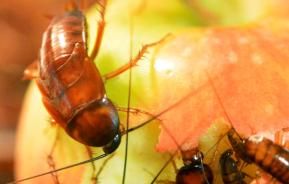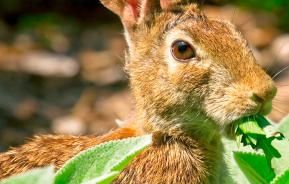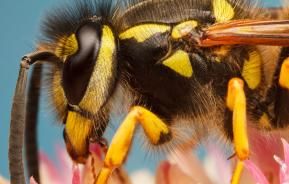Leatherjackets are large grubs that eat plant roots. As they spend the majority of their life underground, they are rarely seen in the flesh - but signs of their damage are.
Description
Leatherjackets are lengthy (up to 50mm), legless, seemingly headless, grey-brown wiggling tubes. They grow up to become daddy-long-legs (or more correctly, crane flies). They live underground and attack the roots of plants and root vegetables in flower beds and borders. More frequently they attack lawns, eating the roots of the grass.
Symptoms
In flower beds, plants will wilt and rapidly collapse. In lawns, yellowy-brown patches will appear in early to mid-summer as the rootless grass dies. Leatherjackets are juicy treats for birds (especially starlings) who will tear out the grass in their search for these big and tasty grubs.
Treatment and control
General tips
Once these grubs are fully grown they are very difficult to control.
Chemical control
There are no chemicals available for the control of leather jackets.
Biological control
Only effective when soil temperatures are consistently above 14°C. A pathogenic nematode can be watered in. This little worm (Steinernema carpocapsae) eats into the grub and releases a fatal bacterium.
Fingertip control
In beds and borders, the offending grubs can be picked out and destroyed. In lawns, water the infested area very well (or wait until it has rained heavily). Cover the affected area with black polythene (weighted down) and leave over-night. In the morning remove the polythene and pick up the bugs which have surfaced, or leave them for the birds to eat.
